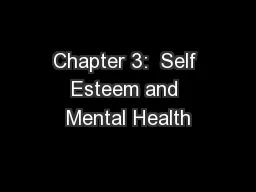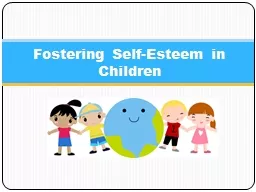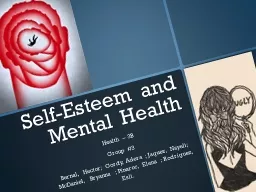PPT-Self esteem Characteristics of Low Self Esteem Social withdrawal
Author : aaron | Published Date : 2019-11-04
Self esteem Characteristics of Low Self Esteem Social withdrawal Anxiety and emotional turmoil Lack of social skills and self confidence Depression andor bouts of
Presentation Embed Code
Download Presentation
Download Presentation The PPT/PDF document "Self esteem Characteristics of Low Se..." is the property of its rightful owner. Permission is granted to download and print the materials on this website for personal, non-commercial use only, and to display it on your personal computer provided you do not modify the materials and that you retain all copyright notices contained in the materials. By downloading content from our website, you accept the terms of this agreement.
Self esteem Characteristics of Low Self Esteem Social withdrawal: Transcript
Download Rules Of Document
"Self esteem Characteristics of Low Self Esteem Social withdrawal"The content belongs to its owner. You may download and print it for personal use, without modification, and keep all copyright notices. By downloading, you agree to these terms.
Related Documents














